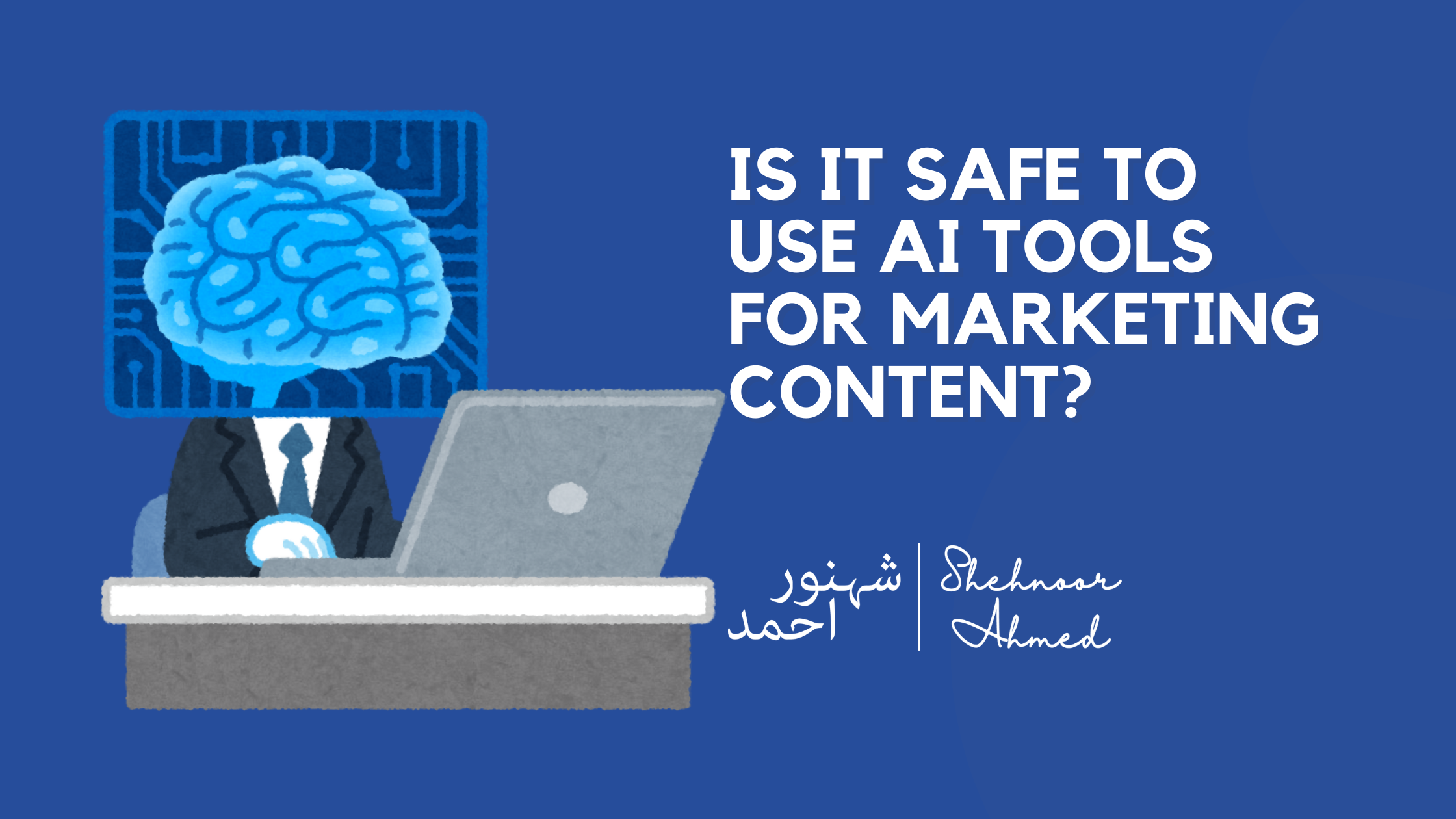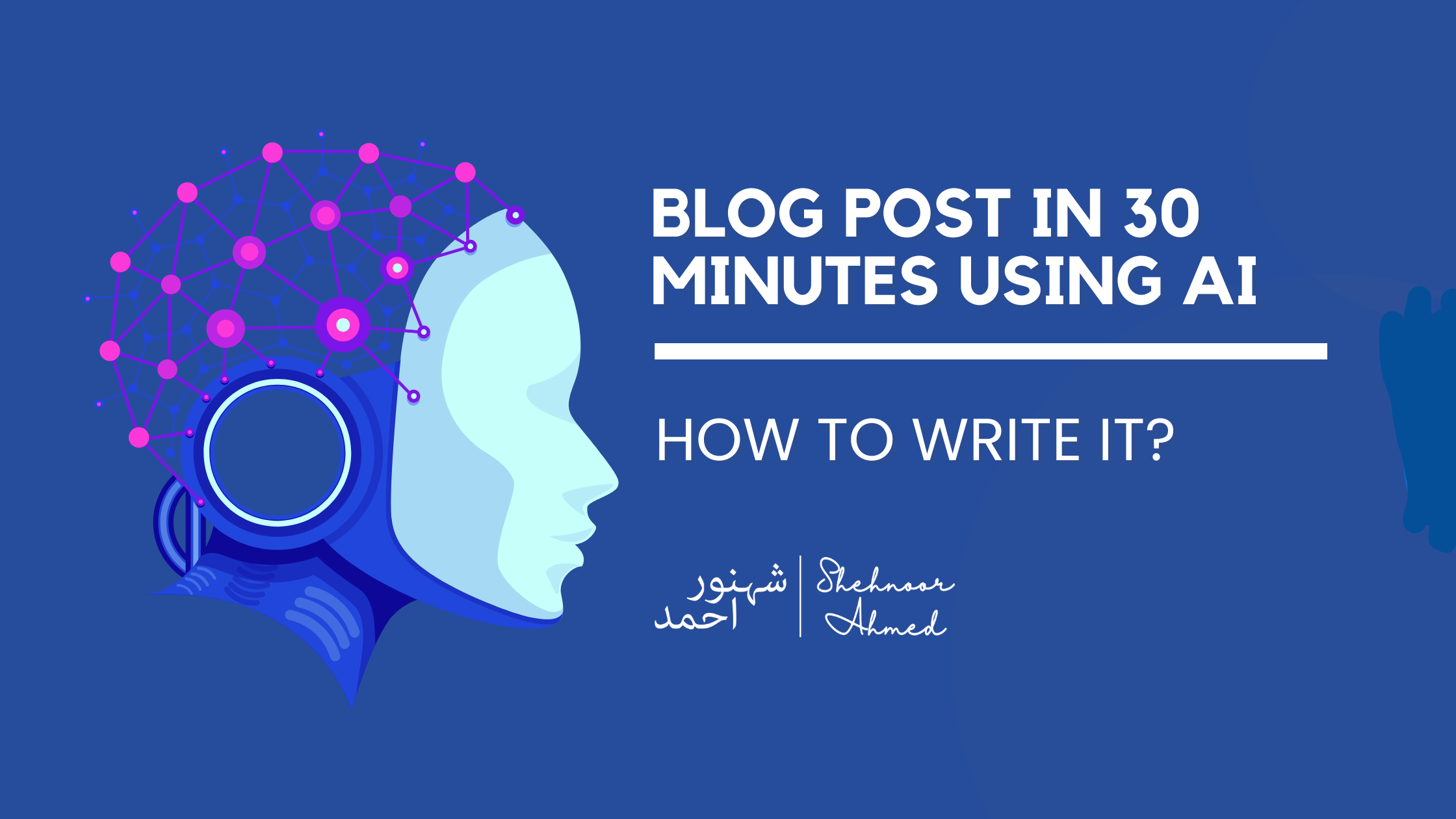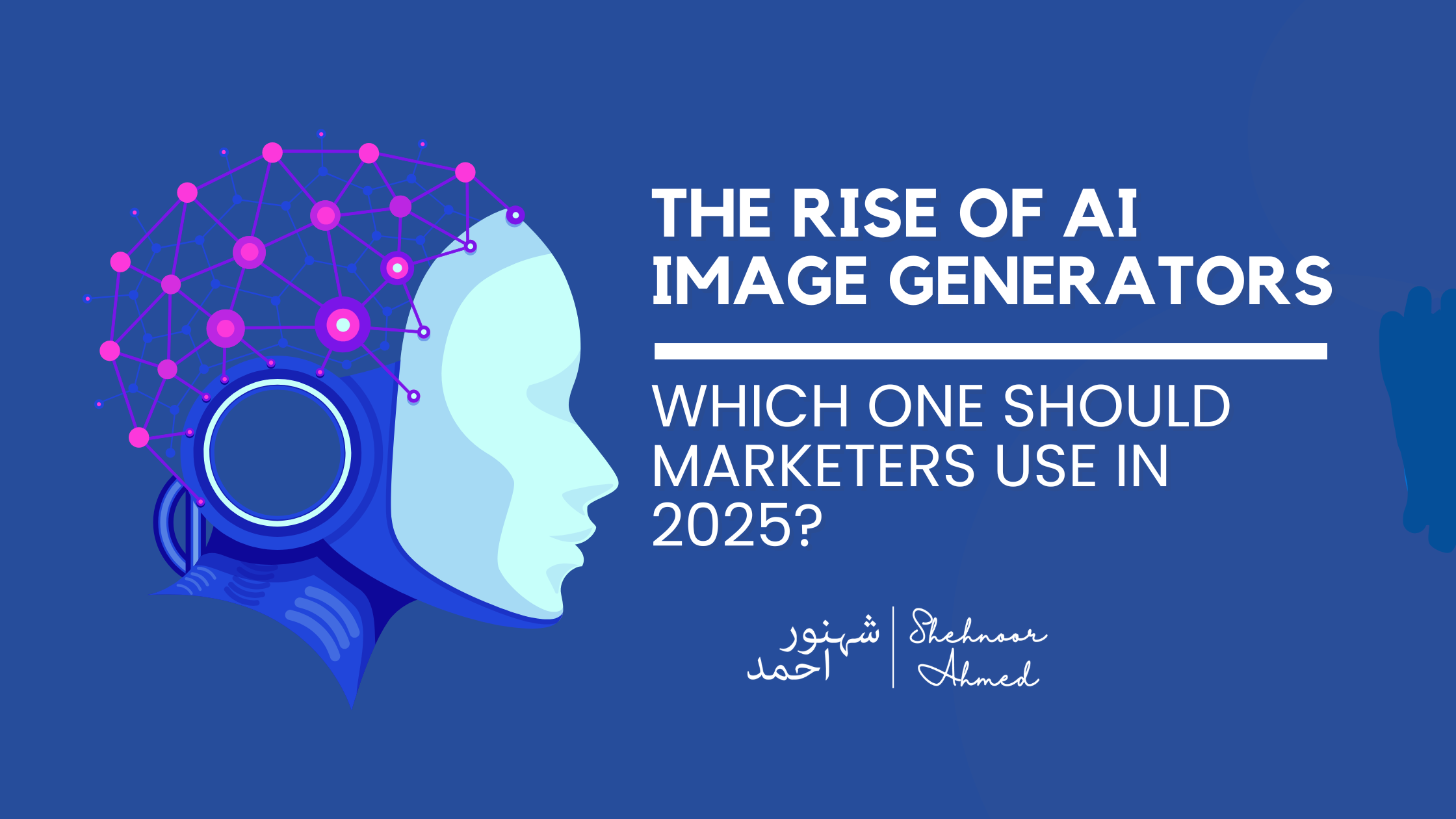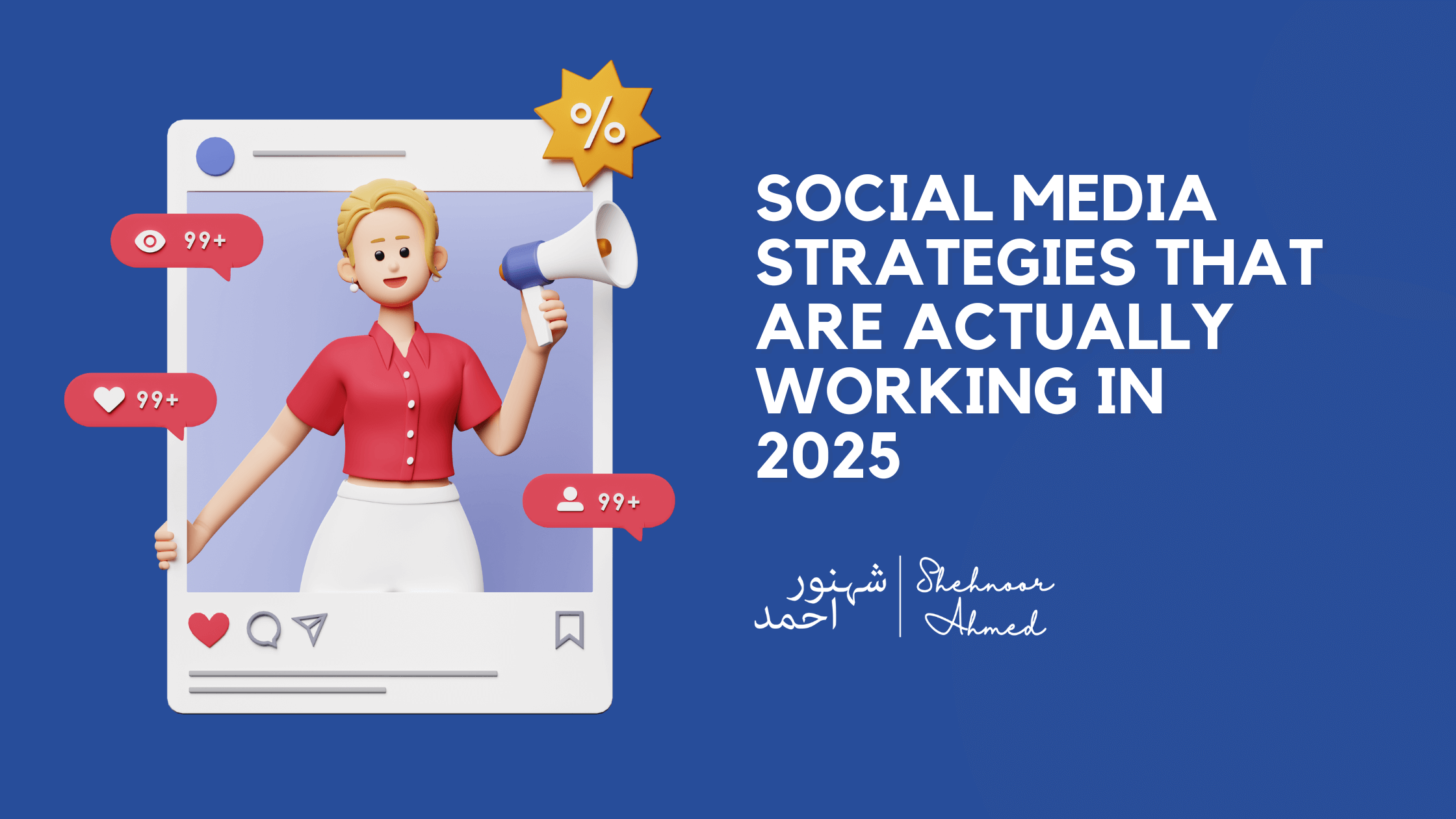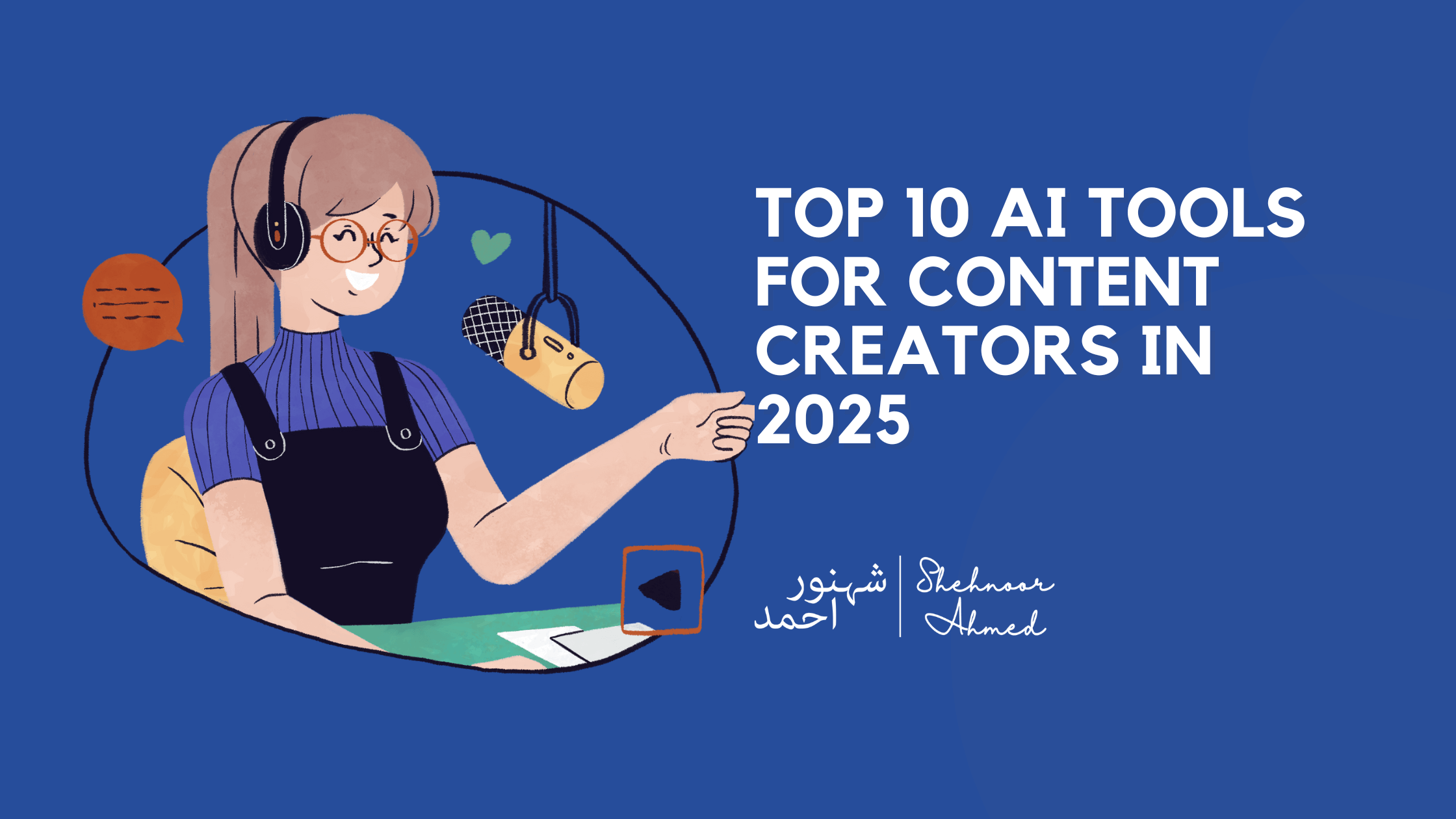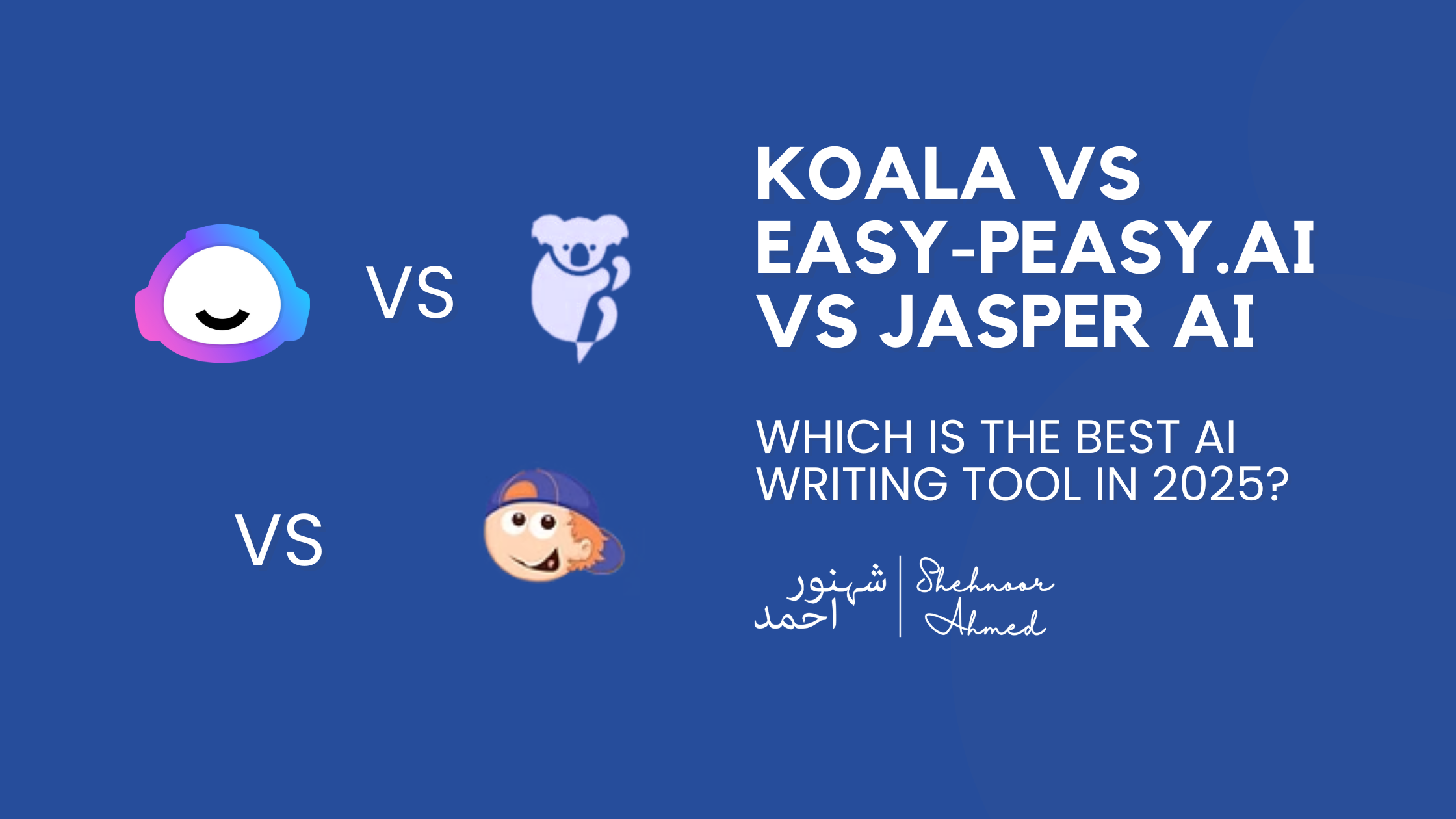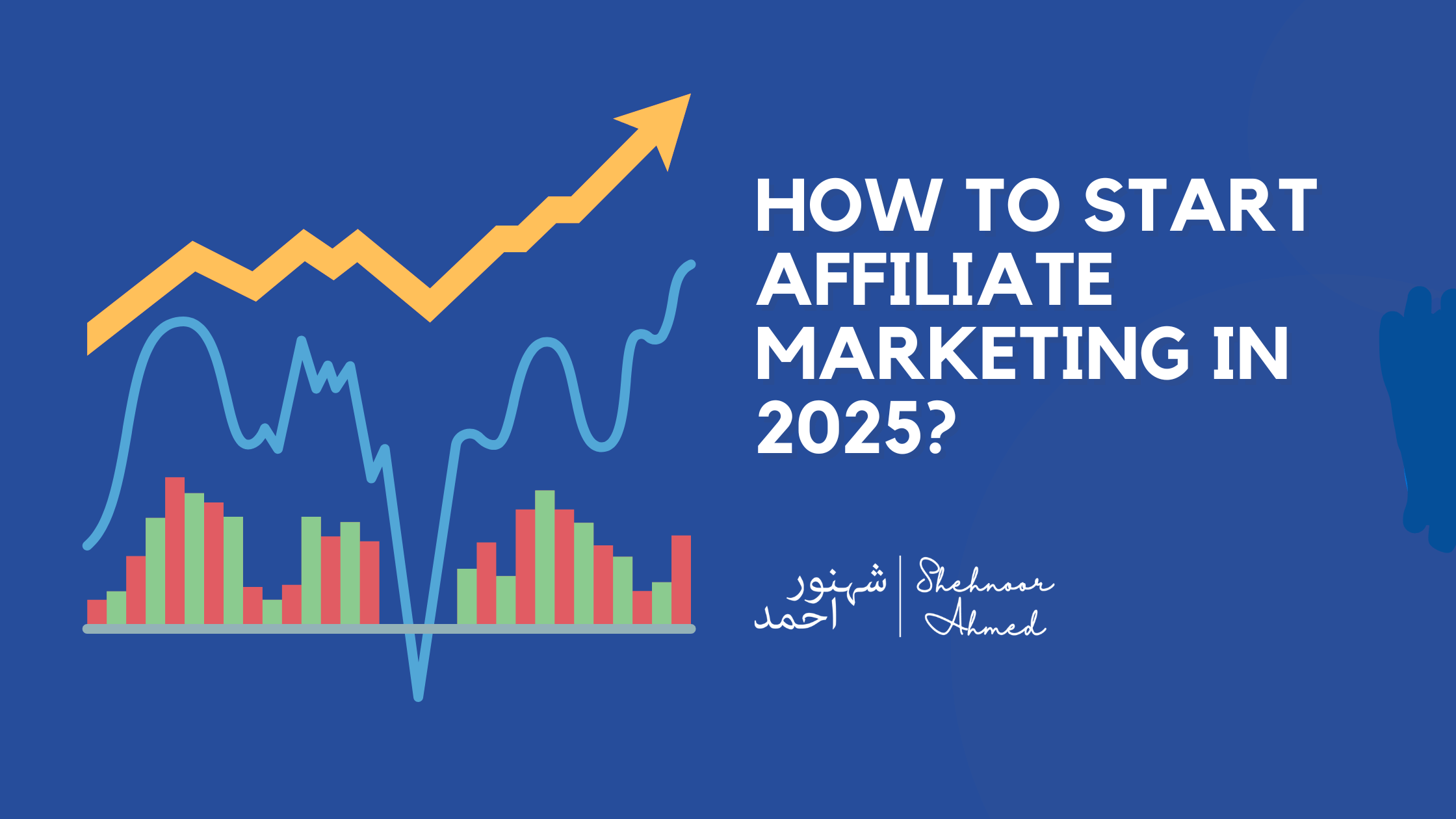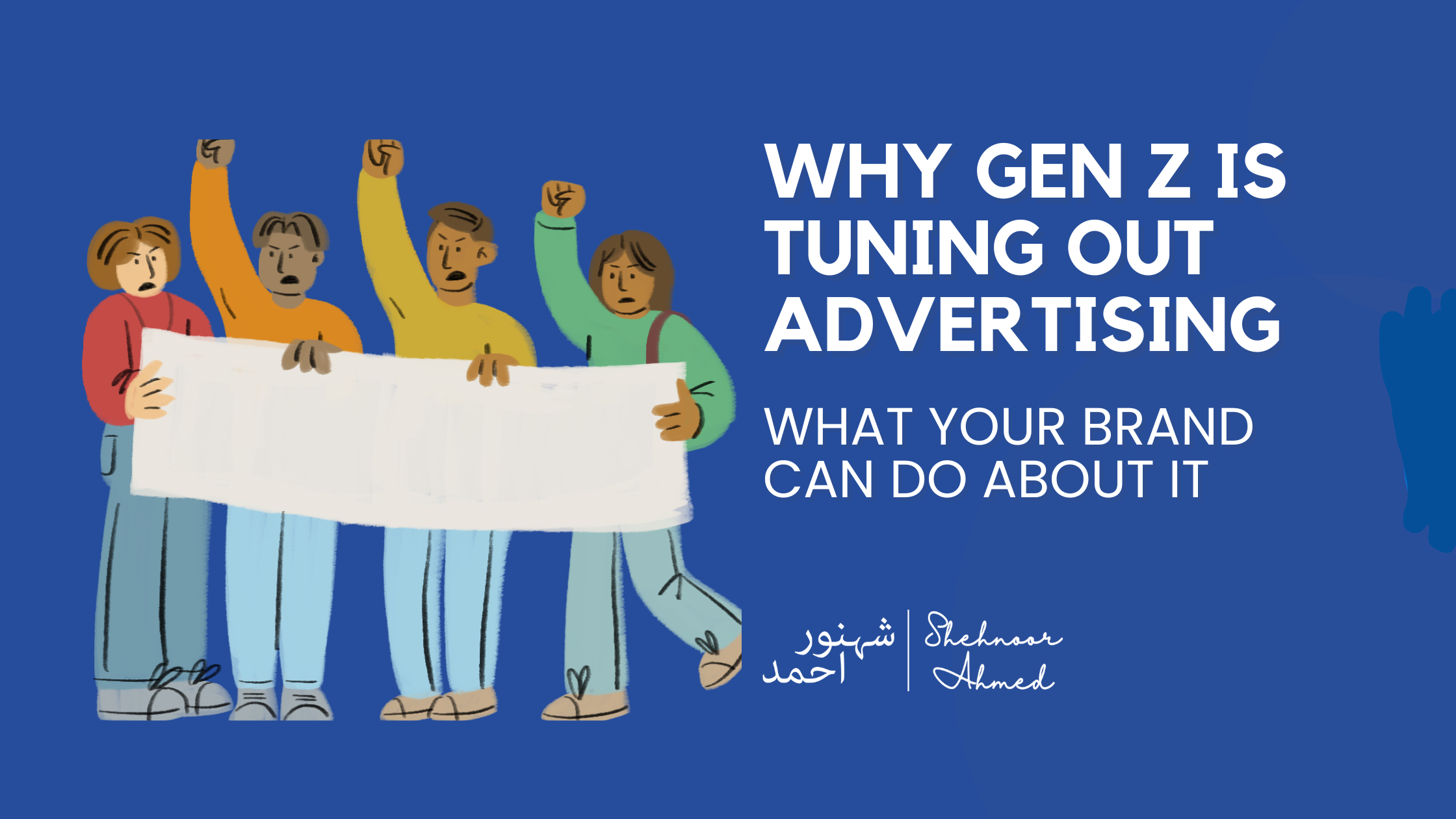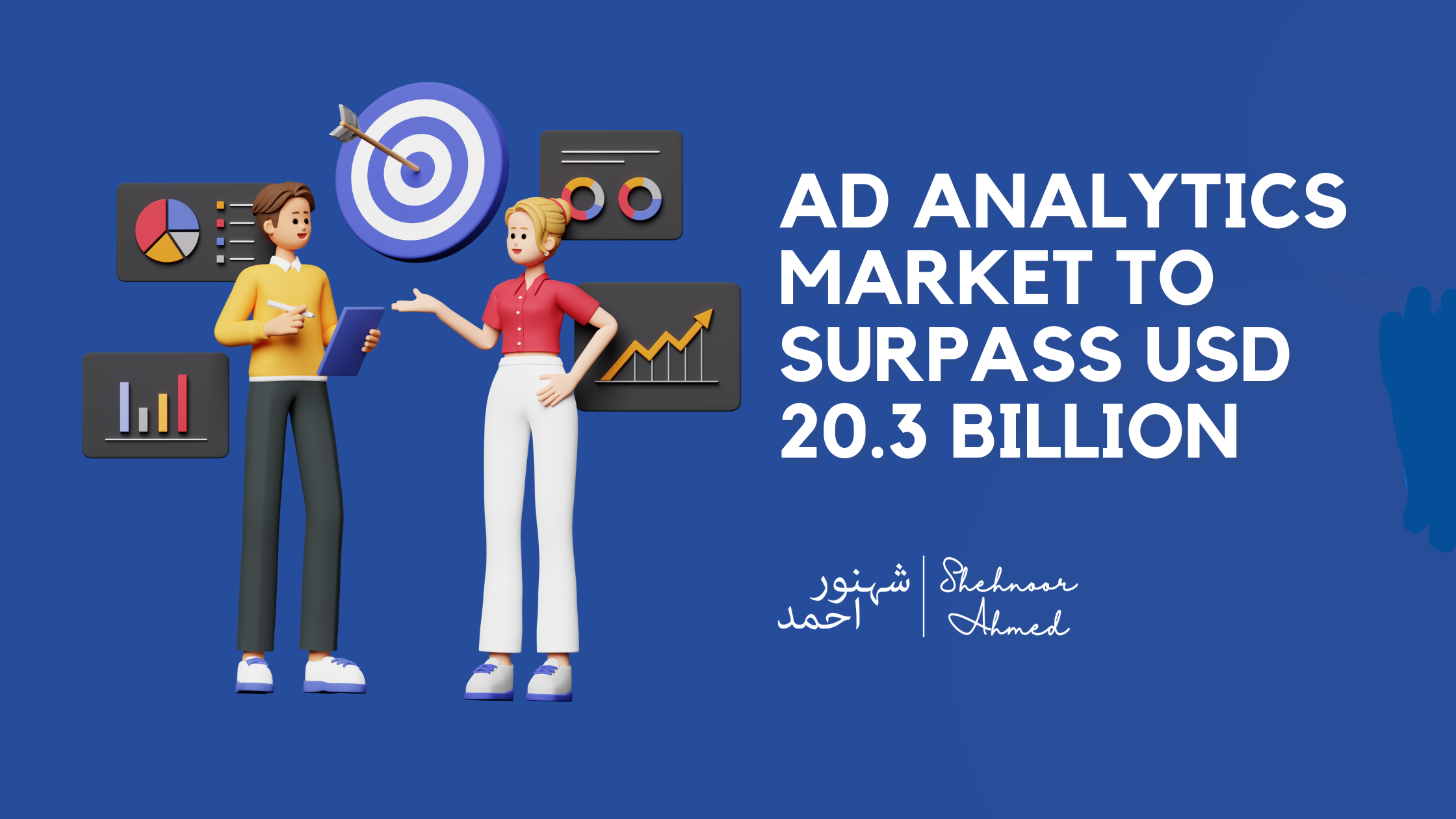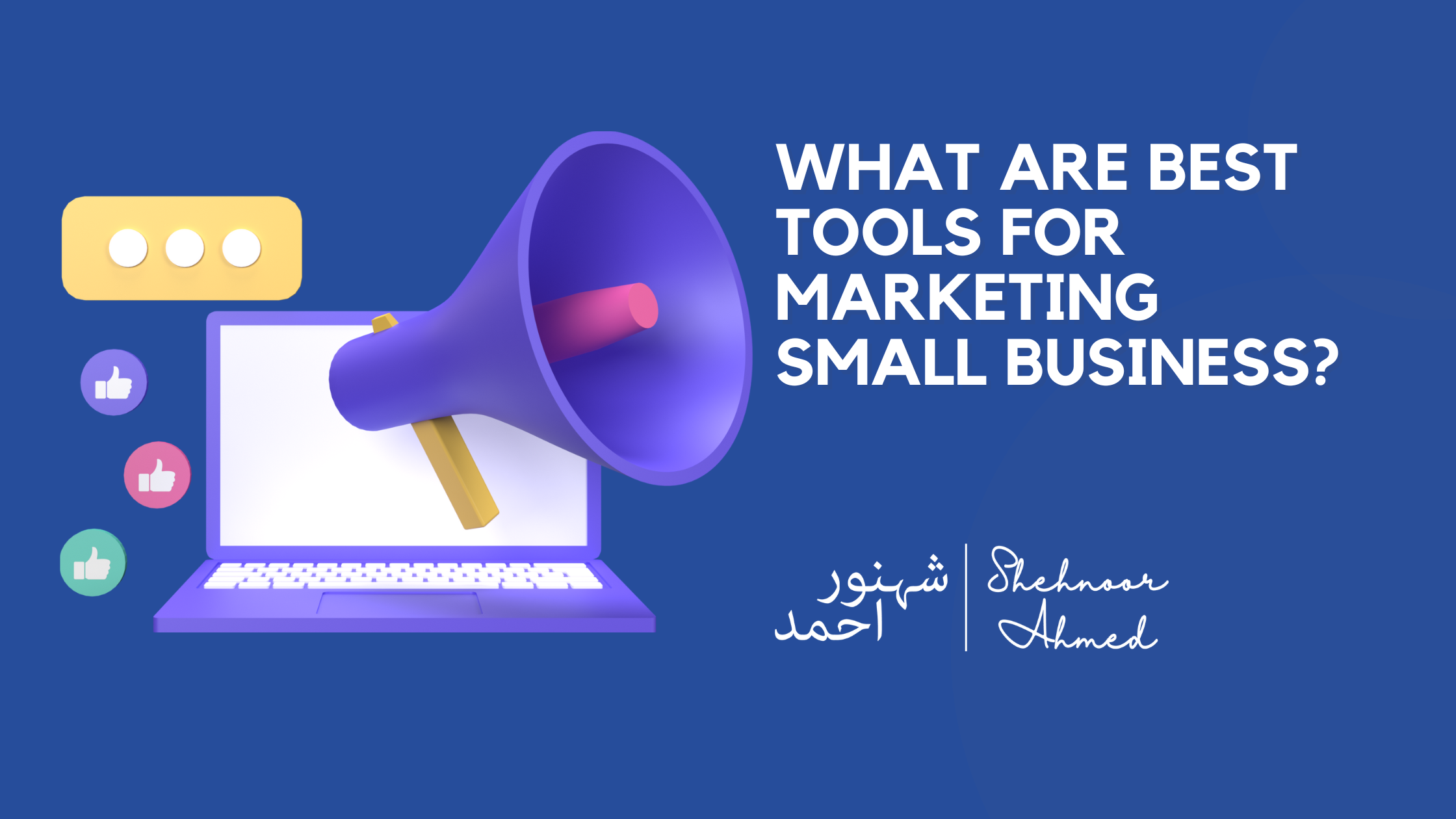
What Are Best Tools For Marketing Small Business?
Helping creators and marketers thrive with real-world digital tools and strategies, Shehnoor Ahmed Marketing today isn’t about having the biggest budget, it’s about using the right tools to make your efforts more effective. For small businesses, this means simplifying tasks, saving time, and reaching more customers with less effort. In this guide, you’ll find practical tools for marketing small business owners, solo entrepreneurs, and growing brands can use right away to improve visibility, drive sales, and stay competitive. Why Small Businesses Should Embrace Marketing Tools Running a business is already a full-time job. From managing orders to client communication, there’s barely enough time left to plan a consistent marketing strategy. This is where smart digital tools come it, they make it easier to: Bonus Tip: Don’t try to do everything at once. Focus on the area where you’re struggling most—like content planning or SEO, and choose a tool designed to help with that. Essential Marketing Tools for Small Business Tool Main Use Ideal For Price Range Canva Graphic Design Social posts, brochures, logo design Free to $12.99/mo Mailchimp Email Marketing Newsletters, automations, promotions Free to $13/mo Buffer Social Media Scheduling Consistent posting on Facebook & IG Free to $6/mo SEMrush SEO & Keyword Research Blog topics, competitor analysis From $139.95/mo WordPress Website & Blog Platform Business websites, landing pages Free to $20+ Notion Task & Strategy Management Content calendars, marketing roadmaps Free to $8/mo Google Analytics Website Visitor Insights Knowing how people interact with your site Free These tools aren’t just for tech-savvy users. They’re designed for real-world entrepreneurs who want results without needing a marketing degree. Also read: Is It Safe to Use AI Tools for Marketing Content? Real Examples of Small Business Wins A bakery in Dubai started using Canva to design monthly promo flyers and Mailchimp to email them to their local subscribers. Within three months, they saw a 30% increase in walk-ins during slow weeks. Another local cleaning company used Ubersuggest to find relevant keywords, updated their website content accordingly, and ranked on the first page of Google for “affordable cleaners in Dubai” in less than 60 days. Bonus Tip: Before paying for any tool, explore its free version. Many small businesses never need more than what the free plan offers. Things to Know Before Choosing a Tool Not every tool is right for every business. Before investing time or money, keep the following in mind: Also consider: Clearing Up Common Misconceptions Many small business owners hold off on using marketing tools because of outdated assumptions. Here are a few myths worth debunking: Final Thoughts Marketing tools aren’t just for big companies. They’re for local businesses, freelancers, and anyone looking to reach more people without burning out. Whether you need to create beautiful visuals, improve your website’s visibility, or keep in touch with your audience, there’s a tool out there that can help. Choose the right tools, use them consistently, and you’ll see results faster than you think. FAQs 1. What tool should I start with first? Start with Canva for creating social media visuals and Mailchimp for staying in touch with customers through email. 2. I’m running my business alone. Can I handle these tools on my own? Yes. These tools are built for busy people. Most include simple interfaces and video tutorials. 3. Do I need to use all these tools at once? Not at all. Start with what solves your most urgent marketing problem, and build from there. 4. How will I know if the tool is working? Use built-in reports (like email open rates or site visits) to track progress. Over time, these small changes add up. 5. Will tools replace the need for creative marketing? No. Tools support your creativity but don’t replace your ideas, voice, or values. You still set the strategy, they just help execute it faster and smarter.

